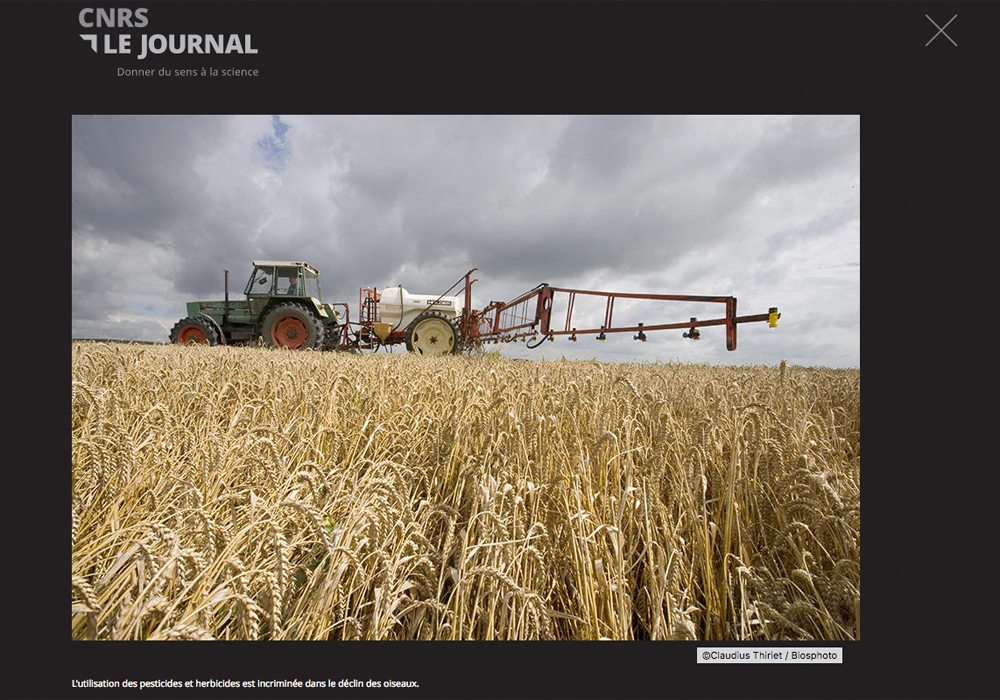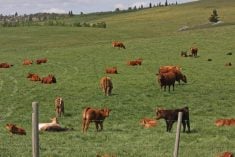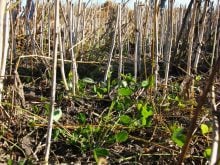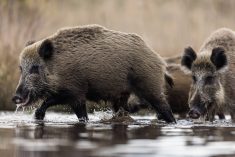PARIS (Reuters) – Bird populations are collapsing in rural France at a catastrophic rate, according to two studies published on Tuesday which drew a link to the intense use of pesticides in farming.
Various species including the Eurasian skylark and the common whitethroat have seen their numbers decline by a third over the past 15 years, while the number of partridges has slumped by 80 percent.
“Birds in the French countryside are disappearing at a dizzying rate,” the National Centre for Scientific Research and the Natural History Museum of Paris said in a joint statement.
Read Also

Fuel rebate rule change will affect taxes and AgriStability
The federal government recently announced updates to the fuel rebates that farmers have been receiving since 2019-20.
Environment and Ecology Minister Nicolas Hulot, a long-time green campaigner, wrote on Twitter that pesticide use must be reduced, pollution curbed and a battle waged against tampering with soil. He gave no concrete suggestions as to how.
La biodiversité qui se réduit c’est l’humanité qui rétrécit.
Mobilisons nous pour inverser la tendance. Chacun peut agir :
✅ réduire les pesticides
✅ lutter contr l’artificialisation des sols
✅ réduire les pollutions notamment plastique
🦅🦉🦅🦉🌍https://t.co/bCczm4MtOZ— Nicolas Hulot (@N_Hulot) March 20, 2018
The studies noted that the dwindling bird populations followed the intensification of agricultural practices over the last 25 years, pointing to the widespread use of pesticides on monoculture crops, notably corn and wheat.
Pesticides destroy insects and other organisms harmful to cultivated plants and crops, with knock-on effects through the food chain.
The decline has been particularly marked since 2008/2009, the studies said, a period that corresponds with the scrapping of European regulation the obliged farmers to leave at least 10 percent of their land fallow each year.















